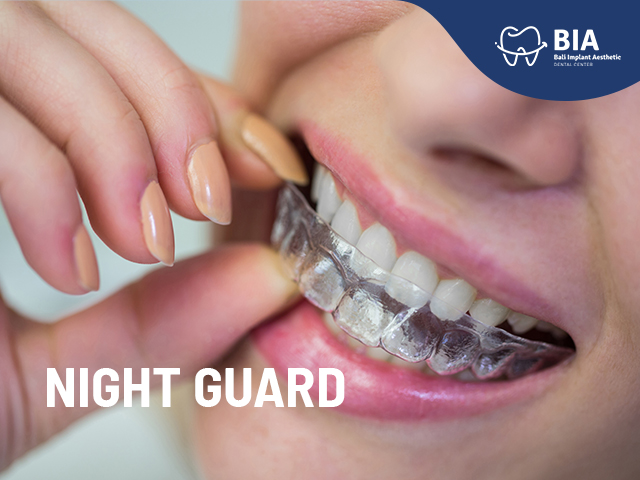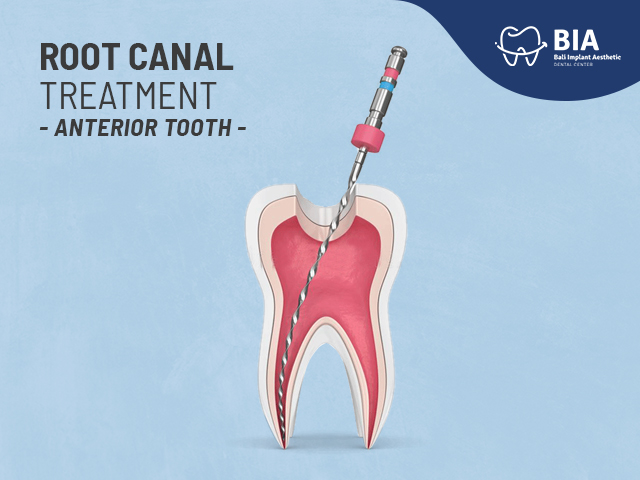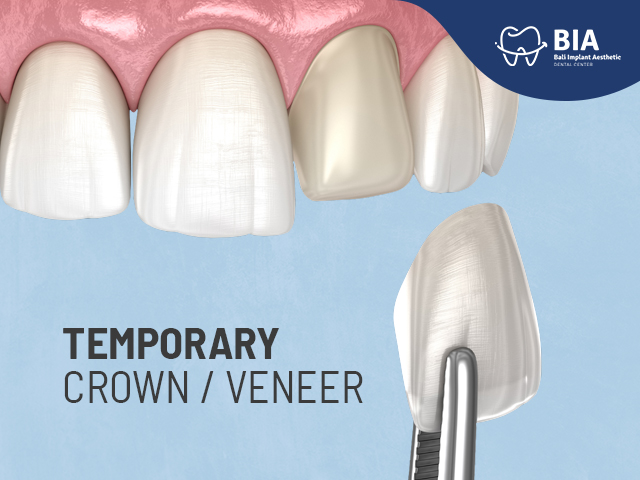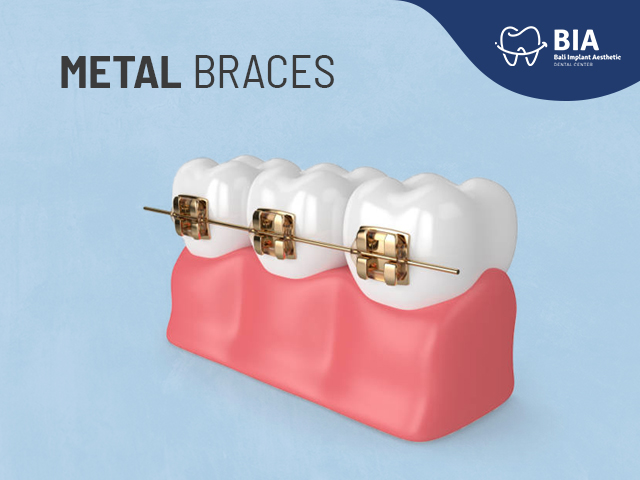The Importance of Dental X-rays in Dental Care
Article | 2022-07-30 11:57:05
Home » Articles » The Importance of Dental X-rays in Dental Care
The Importance of Dental X-rays in Dental Care
Some dental treatments cannot be separated from supporting examinations, one of them is radiographic or x-ray examinations. The tooth consists of several parts, namely the crown of the tooth, the neck of the tooth, and the root of the tooth, in addition to the external structures inside, such as enamel, dentin, and pulp. Some parts of the teeth can be seen directly and some are not, for that sometimes in some dental treatments, a dentist requires a supporting examination in the form of X-rays to examine the tissue around the teeth or parts of the teeth that cannot be seen directly.
A dental X-ray is a procedure that takes pictures of the teeth and surrounding tissue using low-radiation X-rays to help make a diagnosis. The role of dental X-rays in dentistry is very important because it has many benefits, including:
Provides an overview of the hard tissue (teeth and bone) as well as the soft tissue surrounding the teeth and jawbone.
Gives an idea of how deep the tooth decay or cavities developed in it or the fillings that have been done.
Look for gum disease (periodontal disease).
Seeing an infection that develops under the gums.
See the direction of growth and development of teeth in children.
Evaluate injuries that occur in the mouth and face area.
Help the doctor to identify the presence of a disease and developmental problems beforehand.
Look at the position of hidden teeth, such as wisdom teeth.
The image shown by the results of the dental X-ray will be very helpful for the dentist in determining the right treatment plan for the patient.
There are two main types of dental x-rays; intraoral dental x-rays taken inside the oral cavity, and extraoral dental x-rays taken from outside the patient's mouth. Each type of dental X-ray has its own section with the aim of diagnosing different dental problems.
Intraoral Dental X-ray:
Periapical
Periapical X-rays are used to capture images of the entire tooth from the crown to the tip of the root and the supporting tissues of the tooth, including images of abscesses and infections at the tip of the root or the supporting tissues of the tooth. Objects in this type of X-ray are limited to 2 to 3 teeth.
Bitewings
Bitewing X-rays are useful for detecting if there is damage between the teeth, changes in bone density due to gum disease, and knowing whether the upper or lower teeth are flat or not. The image taken from this X-ray is by placing a sheet of X-ray film between the upper and lower teeth, then the patient is instructed to bite.
Occlusal
This procedure can show the palate and floor of your mouth. The results of this type of X-ray can show almost the entire dental arch in the upper or lower jaw. Used to look for additional teeth, unerupted teeth, jaw fractures, cleft palate, cysts, abscesses, or other problems. This procedure can also be used to detect the presence of foreign objects in the mouth.
2. Extraoral X-ray
Panoramic
This procedure can show the state of your entire mouth. Starting from the teeth, sinuses, nasal area, and joints in the jaw (temporomandibular joints). This procedure is done to find out disorders in the mouth. For example, crowding of teeth, abnormal jawbones, cysts, tumours, infections, and jaw fractures. This procedure can also be used to plan the treatment of dentures, braces, tooth extractions, and dental implants.
Cephalometric projection
This X-ray is taken from all sides of the head. Usually dentists perform these x-rays to see the structure of the teeth that are closely related to the jawbone or facial features of people. With this X-ray, the dentist can determine the best type of orthodontic treatment according to the patient's condition. Dental treatment related to this type of x-ray includes the installation of stirrups, dental implants, dentures, and others.
Cone Beam Computed Tomography (CBCT) 3D
This procedure is a special type of imaging using X-rays. This procedure is performed when dental or facial x-rays do not provide sufficient information about the patient's clinical condition. CBCT has various advantages over conventional X-rays, namely 3D results with only a single scan that can describe the tooth structure, connective tissue, nerve pathways and head-face bone structure in more detail. The results of this X-ray are very good. Several conditions or treatments that require these x-rays include: reconstructive surgery, surgery for wisdom teeth, dental implant surgery, abnormalities in the jaw joint, detecting or measuring jaw tumours, determining the source of pain in the oral cavity, face, and head.
Make sure you do a supporting examination in the form of dental X-rays if needed before dental treatment. Always consult your dental and oral health problems with your trusted dentist. Unfortunately, not all dental clinics are equipped with X-ray units, so patients usually have to take X-rays elsewhere and return to the clinic to submit X-ray results. BIA (Bali Implant Aesthetic) Dental Center comes with complete facilities, including dental X-rays to support dental treatment, especially oral surgery by dentists who are reliable in their fields. There are several dental x-rays that can be done at the BIA (Bali Implant Aesthetic) Dental Center, including: Periapical, Panoramic, Cephalometry, and even 3D CBCT, which of course will support examination, diagnosis, and assist dentists in determining the best plan of action for You. BIA (Bali Implant Aesthetic) Dental Center is a trusted dental clinic near Kuta and not far from the airport. Don't let dental problems ruin your holiday in Bali, if you are enjoying the beautiful views of Ubud and unexpectedly need a dentist, the distance from Ubud to BIA (Bali Implant Aesthetic) Dental Center is approximately 35 km.
BIA (Bali Implant Aesthetic) Dental Center
Jl. Sunset Road No.86A, Seminyak, Badung, Bali Indonesia 80361.
+6282139396161
REFERENCE:
Dodge, Lora. 2020. What Dental X-Rays Are Used For. https://www.verywellhealth.com/all-about-dental-x-rays-1058980.
WebMD. 2019. Dental X-Rays. https://www.webmd.com/oral-health/dental-x-rays#1.
Dental Trauma. Health Hub. (2018). Retrieved 23 April 2021, from https://www.healthhub.sg/a-z/diseases-and-conditions/100/topics_dental_trauma.
Kumar M, Shanavas M, Sidappa A, Kiran M. Cone beam computed tomography - know its secrets. J Int Oral Health. 2015;7(2):64–68




